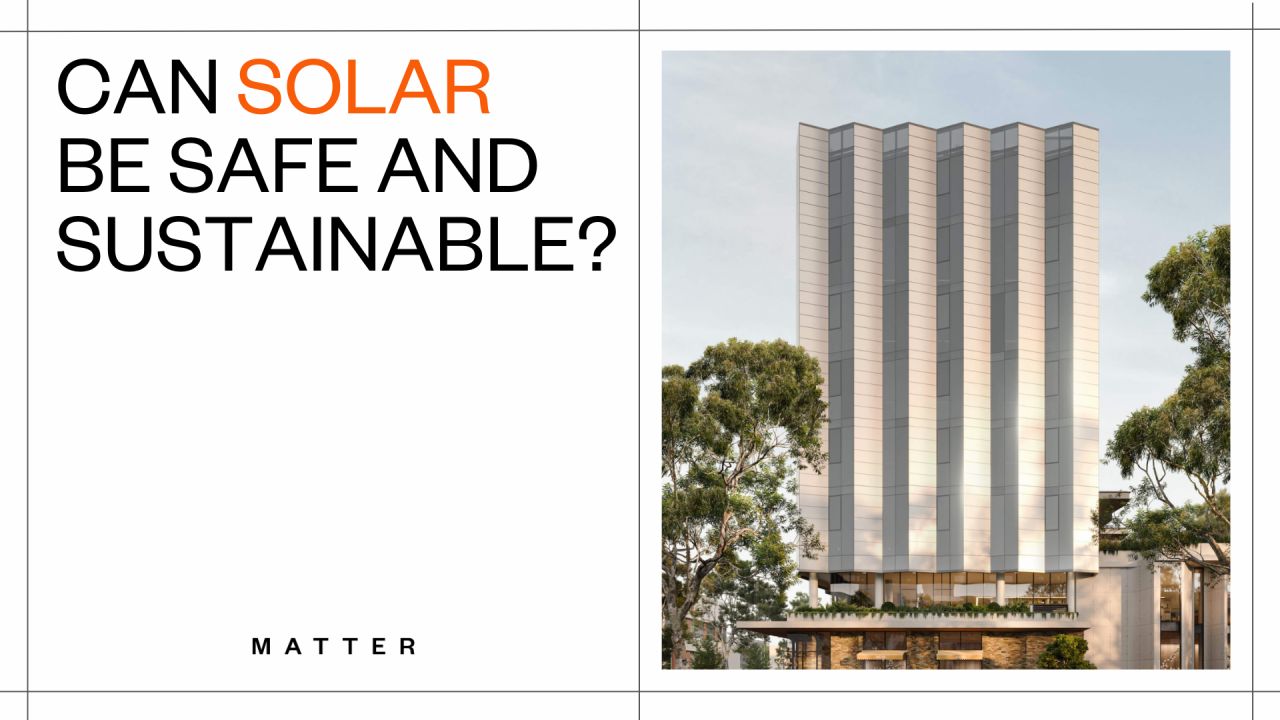Solar generation is the leading force behind our industry’s renewable energy solution. However research has revealed that rudimentary solar systems are failing to meet safety and sustainability standards.
The Engineers Australia Building Safety Taskforce in WA coordinate responses to damage investigations after high wind events. Following these investigations, three failure modes were identified, conceding an inability for multiple types of solar systems to resist wind forces.
What are the negative impacts?
Safety: The clamp and rail systems designed to secure solar panels sometimes fail, releasing entire panels that can cause significant damage to other panels or buildings in the vicinity. This can also put people and animals in close proximity at risk of disturbance and injury.
Sustainability: It is estimated that by 2035 more than 100,000 tonnes of solar panels will enter Australia’s waste stream. 83% of solar materials are categorised as e-waste including glass, silicon and polymer back sheeting. These materials are banned from landfill and can not currently be recycled in Australia.
This circular effect is no surprise. In an industry already criticised for producing indulgent levels of carbon dioxide and inadequate on-site safety, it is imperative that we look for new ways to be both sustainable and safe in our practice and delivery.
Alongside industry leaders and in line with Sustainability Victoria’s (SV) National Approach to Managing Solar Infrastructure, we have been implementing revolutionary new solar solutions responsive to the ‘national framework of shared responsibility.’
Our industry-led solution introduces photovoltaic panels to Australia’s built scene for the very first time. Conceptualised by Kennon Architects, the Aurora office building on Spencer street has a façade comprising 1,182 solar panels that will produce more energy than it consumes. Now in construction, Matter Consulting and Crema have been pursuing the feat, with all milestones going to plan so far.
Estimated to prevent the emission of 70 tonnes of carbon dioxide every year and fully fitted to the building, Aurora’s photovoltaic panels completely eliminate the risk of detachment. We see this system driving safer more sustainable solar solutions for construction projects globally. Not only are they practical but they are also adaptable to design choice, allowing for more seamless collaboration between project teams.
Aurora’s solar façade will lead to a net zero carbon footprint within a few years of operation. Matter Consulting are humbled to be involved in such an iconic building and look forward to helping our partners move fearlessly towards net zero.
